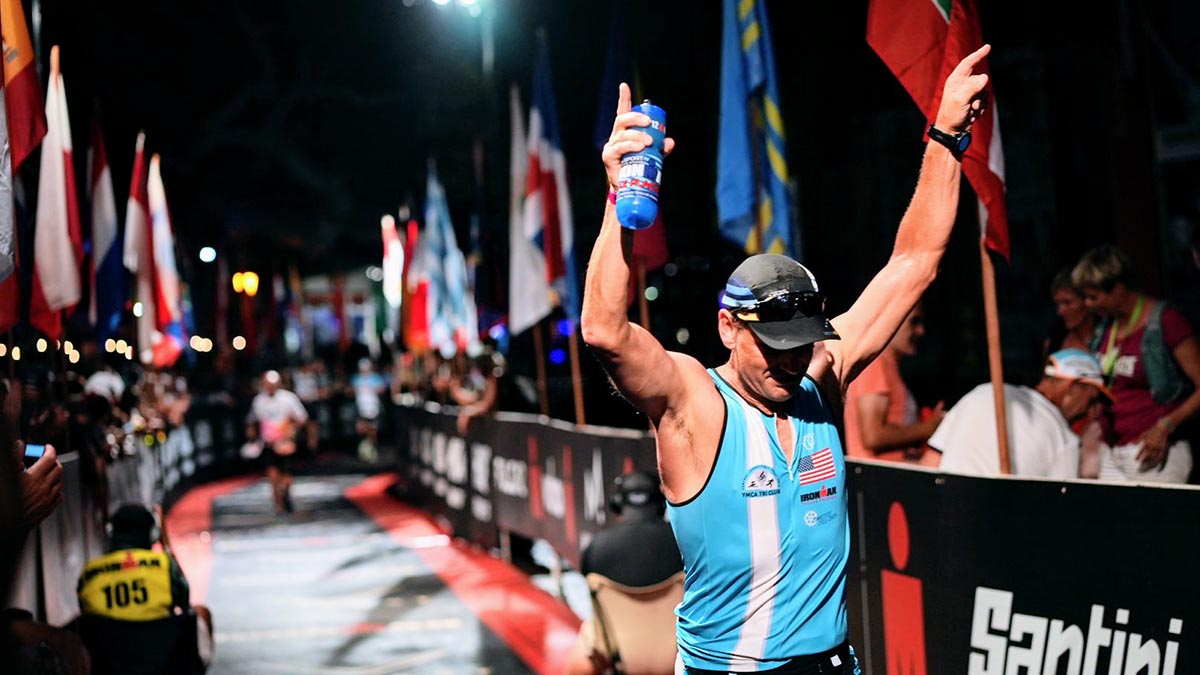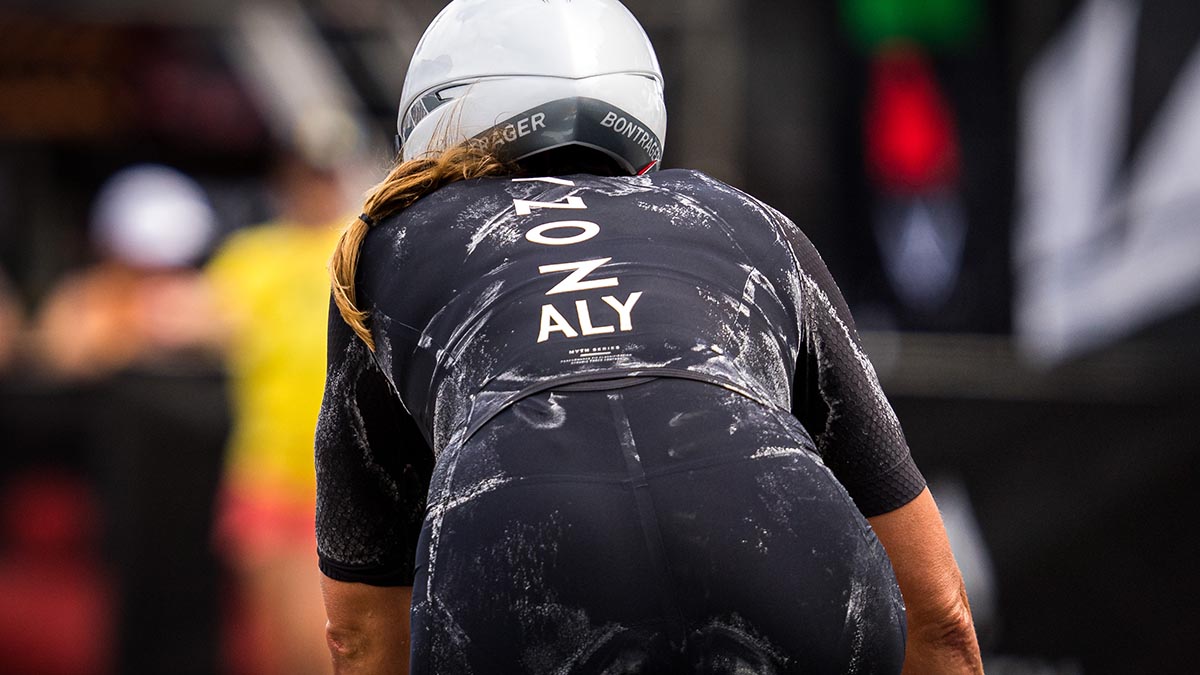Racing is supposed to be fun. It’s supposed to bring you joy and add to your quality of life. Yet, often it does none of those things because you are putting so much pressure on yourself to perform. The pressure comes from thinking about the amount of time spent away from your family, the money you spent on gear, travel, race fees, etc., and the pressure of wanting to make it all worth it. Often, this pressure is so great that you just end up sabotaging yourself on race day.
At some point during my first session with a new athlete, I always ask them, “Tell me about one of your best performances ever. A performance when you felt amazing, where you were on fire. A race when you felt strong and confident and were able to execute everything you wanted to.”
After all these years, I am still struck by how many of them start out answering that question by saying something like, “I was the total underdog and way out of my league,” “I decided to just go for fun at the last minute,” “I was sick as a dog that day,” or “I wasn’t even supposed to be racing.”
Having the Right Expectations for a Race
One of the things all of these athletes have in common is that they relaxed their expectations. They weren’t putting any pressure on themselves to achieve a certain outcome. They were focused on themselves and their own performances and weren’t worried about how they were doing relative to others. In their minds, they had nothing to lose, and there was no pressure to achieve a specific outcome. This allowed them to stay in the moment and just race.
When you approach your competition with nothing to lose versus everything to lose, it changes your mindset completely. When you have nothing to lose, you compete from a place of love and joy. In contrast, when you have everything to lose, you compete from a place of fear and doubt. Nobody performs to their potential when their foundation is built on fear and doubt.
Simulation Training
You can’t go into every competition with a circumstance that frames your race day with a nothing to lose attitude, but you can do something that will significantly increase your confidence in your ability to handle race-day adversity.
One of the tools I use to help athletes build their mental toughness and resilience is simulation training. Think about a race you have coming up and ask yourself these two questions:
- What are some of the biggest challenges of this race?
- What are some of the “what-ifs” running through your mind?
Based on your answers to these questions, you can create situations as close as possible to the potentially challenging race day situations and create opportunities to practice handling those situations and building your confidence. Then, if/when the situation arises on race day, your brain gives you the message of, “Oh, it’s cool, we got this”, versus giving you the message, “Oh no, we are in trouble”.
Here are some examples of simulation training I’ve done with athletes:
- Run or bike multiple loops if you have a race that will have loops
- Train in different elements, like running in the heat/rain, etc.
- Change a tire on the side of the road
- Practice putting your goggles on in the middle of your open-water swim
- Get a group of trusted friends to swim over you
Simulation training is stress training. It gives you the opportunity to practice training in an environment that will be similar to what you encounter during competition so you can become more skilled at performing under pressure1. You feel more confident in yourself when you have had previous success in that specific task. Basically, past success means you feel confident in your future success. Oftentimes, it’s the fact that you haven’t prepared for those challenges (which inevitably are your doubts, fears, and “what-ifs”) that sabotages your performance.
Simulation training helps you stay in the moment when those challenges come instead of encountering the challenge and immediately accepting defeat. The latter is what will happen if you put that intense race day pressure on yourself. Simulation training will help you focus on the present moment and work through the obstacle versus thinking, “What if all this time and training was for nothing?”
It’s pretty rare to have a race day go exactly the way you planned it out in your mind. If you race long enough, there will come a time when you face an unexpected setback. If you are on a real obstacle course, the obstacle doesn’t sabotage your race; it’s part of the experience. Think of your race day setbacks as if they are part of your mental obstacle course. It’s part of the race day experience, and your ability to quickly navigate these setbacks and make the adjustment is a sign of your resilience.
References
- Driskell, T., Sclafani, S., & Driskell, J.E. (2014). Reducing the Effects of Game Day Pressures through Stress Exposure Training. Retrieved from https://www.tandfonline.com/doi/abs/10.1080/21520704.2013.866603








